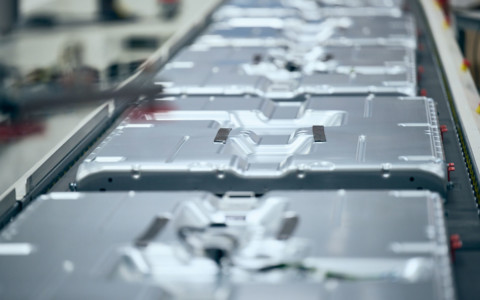At Framery, we give more than we take
Framery is a net positive company – with a net impact ratio of +20%.
This result indicates that Framery creates more value compared to the resources it uses. Framery’s main positive impacts are within health and society, and the largest resources used are the materials needed for the pods Framery provides.

Creating better workplaces
One of the most significant positive impacts we have on the world is through better health at the workplace.
Office pods are becoming a necessity in modern workplaces because they provide privacy, flexibility, health and safety benefits, and increased productivity. By providing quiet places to work, enabling uninterrupted focus on tasks and facilitating hybrid work, Framery pods contribute positively to increased feelings of meaning and joy. Simultaneously, our pods act as co-working spaces and enable team-work, which enhances professional relationships.
Like all companies, Framery creates a positive impact on society by generating jobs and paying taxes and thus contributing to the joint resources of society. The tax impact consists of corporate taxes and value-added taxes. Framery pods are furniture used in offices, which are considered a part of the infrastructure of society and contribute towards a positive impact within society.

Environmental resources required
Like most manufacturers, Framery uses environmental resources to create products.
Most of the negative impacts on the environment arise from the supply chain. Emissions and waste are created in the manufacturing of the pods, the mining and production of the components needed, as well as packaging and transportation. Fortunately, many of our activities also have a positive impact on the environment by increasing the lifespan, usage or durability of the pods. Examples of such activities are repair and maintenance, usage of recycled materials, and leasing of pods to multiple customers.
Within the Knowledge dimension, our most significant resource is our people. Scarce human capital measures the opportunity cost of scarcely available human resources. The assessment includes the level and scarcity of the required education needed to produce the pods and services we offer. For example, we employ highly educated engineers and business professionals, which is one of the resources we use to create the positive impacts seen in our net impact profile.

Net impact profile
The net impact profile is a comprehensive overview of the holistic impact created by Framery’s business.
The analysis is based on the full value chain of products and services offered by different business units of Framery. This provides an accurate and transparent way of measuring our impact on the world, which will help us make more informed business decisions and improve our overall sustainability performance.
Framery’s net impact profile has been calculated and produced by the Upright Project’s net impact quantification model, which uses machine-learning-based technology to process the knowledge contained in millions of scientific articles. The platform uses data from a variety of sources, including financial reports, sustainability reports, and public data to provide a comprehensive view of a company’s impact on society and the environment.

A Continued Commitment
We are constantly working to increase our positive impact on the world.
A net impact ratio of +20% is a great start – but we are working hard to improve our score. We have climate targets in place to address the greenhouse gas emissions, which are the biggest single negative impact within the industrial sector.
To compare, Nasdaq Helsinki companies are significantly negative at -23%, Many of these companies operate within the industrial sector that results in high GHG emissions today. Despite their societal contributions, they still cause a lot more emissions compared to the value they create.
With our climate targets, a net positive product, and our continued commitment to improve the world we live in, we are poised to continue making a positive impact in society and in workplaces throughout the world.
Read more about our sustainability efforts here.




